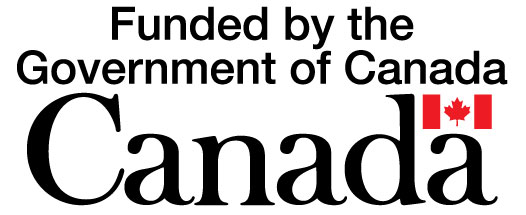Current Temperature
3.3°C
Province appointing Class Size and Complexity Task Force
Posted on October 30, 2025 by Taber TimesBy Trevor Busch
Taber Times
editor@tabertimes.com
As schools reopen, Alberta’s government will be appointing a Class Size and Complexity Task Force to meet the challenge of increasingly complex classrooms.
Across Alberta, teachers are seeing more students with diverse learning needs and behavioural challenges, while incidents of classroom aggression are rising. The provincial government recently formed the Aggression and Complexity in Schools Action Team to identify practical classroom focused solutions, and has now received the action team’s draft final report and will use its recommendations to create a roadmap for safer classrooms. The final report will be released and the task force will implement solutions, work with school boards to gather more data on classroom complexity and begin work to replace the 2004 Standards for Special Education.
“Teachers have made it clear that addressing classroom complexity and safety are among the most critical improvements needed in our education system. We are taking real action to meet those needs by strengthening classroom supports, hiring more teachers and educational assistants, and acting on the recommendations of the Aggression and Complexity in Schools Action Team. Parents, teachers and students all want the same thing – safe and supportive classrooms where every child can succeed,” said Premier Danielle Smith.
Over the next three years, school boards will be provided with funding to hire 3,000 teachers and 1,500 new education assistants to support students with complex needs. These funds may also be allocated to additional student support through assessments for complex needs, occupational therapy, physiotherapy or speech-language pathology, and other in-the-classroom supports.
Taber-Warner MLA Grant Hunter hopes the Class Size and Complexity Task Force can come up with some real solutions to address the challenges facing Alberta’s public school system.
“I think it’s extremely important,” said Hunter, who went on to detail some of the logistical problems the province currently faces with regard to education. “I think that the reality is there’s a lot of complexity going on in the classroom – we have a situation where over the last seven years, we’ve had 600,000 people move to Alberta. Everybody knows this, everybody is aware of this. Even the Liberals admitted that federally, they opened up the floodgates and let a lot of people in. And where did they go? They came to Alberta because there was jobs here and there was opportunity, so a disproportionate amount came here. So because of that, we’re now in a situation where the complexity within the classroom has gotten even worse. We’re now seeing people who have come from war-torn countries, they need support, they need help. We’ve got people who have no English skills whatsoever, no English learning at all, and so you need help for that. So the federal government, for the past 10 years, really has messed up the immigration file. They’re trying to fix it now, but we’re dealing with all of these things. It’s not just an education – look at the housing. Housing has just skyrocketed in cost. You can’t find rentals. You’ve got situations where our health care is being overwhelmed because so many people have moved in. How do we address so many people being let in by the federal government, if this ever happened again? We can see what the effect is, it overwhelms our wraparound services that we provide in the province. We’re trying to address those things now, it’s just that it’s very difficult to be able to make it work for Albertans because of all of the immigration that we’ve seen.”
In November, Alberta’s government will work with school boards to gather information and data about class sizes and composition to ensure students are receiving the support they need. Information will be made available as soon as it is available and will be released annually thereafter.
Leave a Reply
You must be logged in to post a comment.

